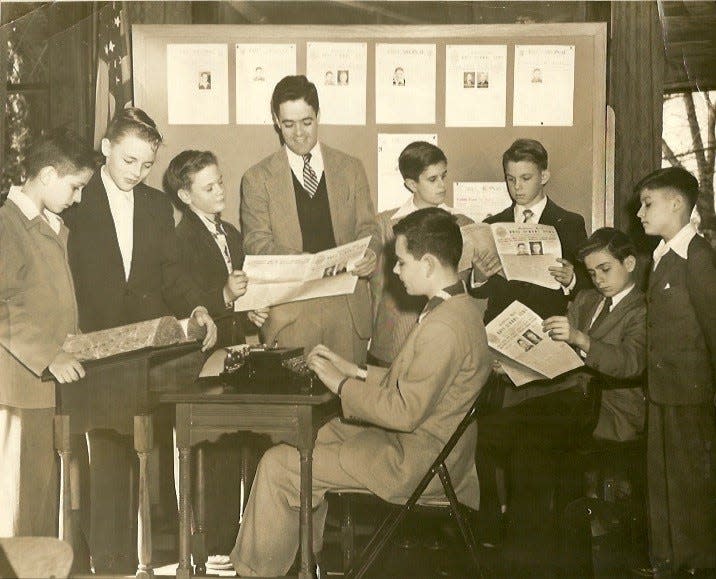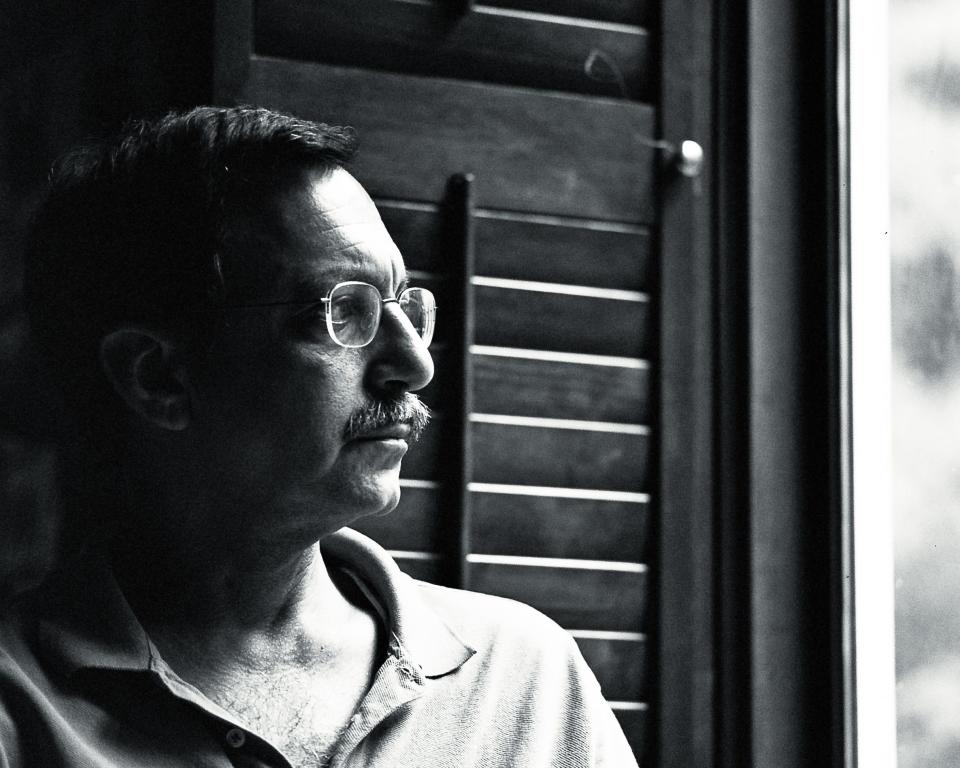Visiting Our Past: St. Genevieve's strict, nourishing nuns provided full education
Vatican II affected Asheville. It particularly affected St. Genevieve-of-the-Pines, a greatly sought-after grammar school and academy established by a French order of nuns in Asheville in 1908.
The sisters, who had taught at the school up through 1971, had done so out of dedication to their faith, not for pay, thus enabling students of various economic backgrounds to attend. In the mid-1960s, Vatican II prompted many monastic women to pursue their service to God through secular involvement. St. Genevieve's source of teachers disappeared.
The change had been foretokened in 1963, when nuns changed the design of their head coverings, replacing hood-like coifs with simple wraps. The new headwear improved driving vision and eased telephone listening.
Religious of Christian Education, the order that had founded St. Genevieve's, was born in 1817, when Rev. Louis Lafosse, a French priest, had engaged women in educating children of all classes for right living. When it came time to extend the mission to America, Western North Carolina's mountains called, as it had to many groups in the post-railroad era.
Catholics were already familiar with Asheville. Sisters of Mercy had established a motherhouse in Belmont after the Civil War and a sanatorium on French Broad Avenue in Asheville in 1900. St. Lawrence Cathedral (now basilica) took glorious shape in 1903.
Sisters of Mercy ministered to the poor. The early leaders of Religious of Christian Education thought the best way to educate society about charity "was to educate the daughters of prominent people," says Joseph M. Lalley, former St. Genevieve headmaster. Lalley vividly recalls his arrival at St. Genevieve in 1950, a year after Gibbons Hall, the boys' school, opened.
"I rang the bell at the convent," he says, "and an Irish nun, Mother Mary Monica Gannon, greeted me. I told her my name. 'Lalley, Lalley, that's a nice Irish name. You'll do.'"

More: Portrait of the Past: Myra meets dogwoods and a bank robber
More: Visiting Our Past: Where in Asheville were you in ’62?
One of things that distinguished St. Genevieve was the variety of nationalities of its staff, as Lalley was soon to see.
Gannon rang the chapel bell, an order for all nuns to assemble in the parlor of the main building (formerly Victoria Inn, subsequently demolished)."The parlor had many side entrances and nuns came through all of these doors and down the stairs," Lalley recalls. "I was interviewed by forty nuns. 'How many brothers and sisters do you have,' one nun asked me."
Mother Zeleznik, who'd come to head the secretarial school, looked him up and down like a drill sergeant checking for grooming infractions.
Picturing the nuns in "Madeline" wouldn't be too inaccurate an image. The nuns at St. Genevieve were open to all teaching methods, independent of state regulations; and they devoted their lives to their charges, who were also boarders. "They gave their all," Lalley said.
St. Genevieve became a non-sectarian school in 1971, and closed down in 1987, merging with Asheville Country Day School.

Rob Neufeld wrote the local history feature, "Visiting Our Past," for the Citizen Times until his death in 2019. This column originally was published Jan. 15, 2005.
This article originally appeared on Asheville Citizen Times: Visiting Our Past: St. Genevieve's strict nuns provided full education

